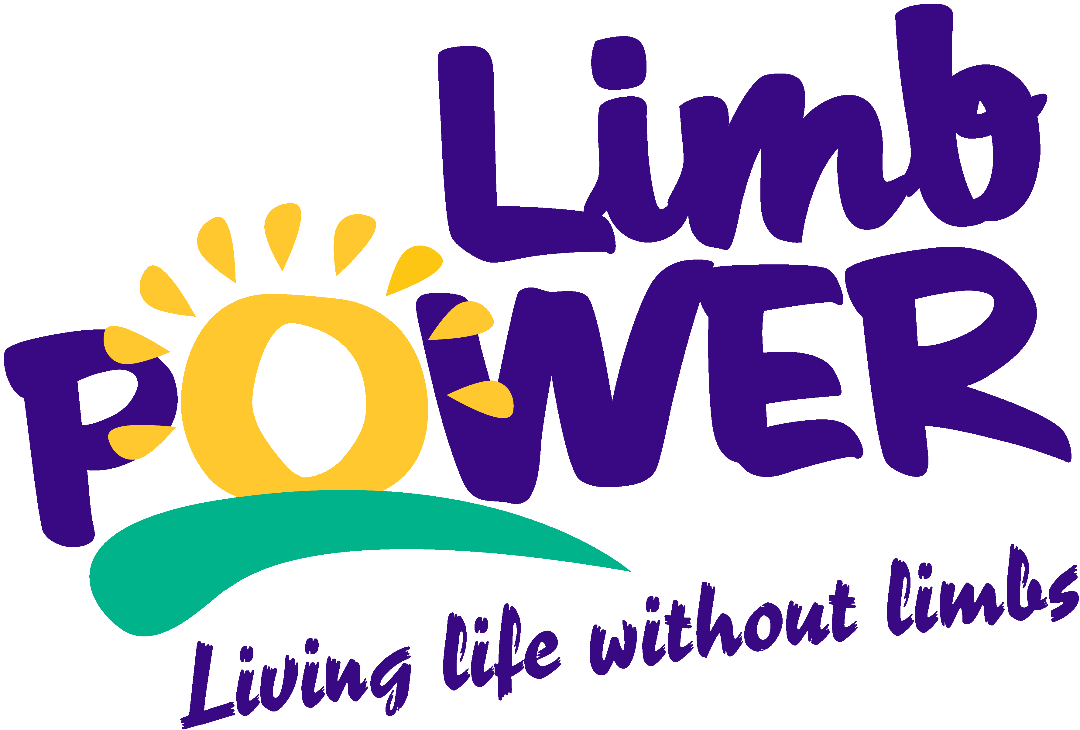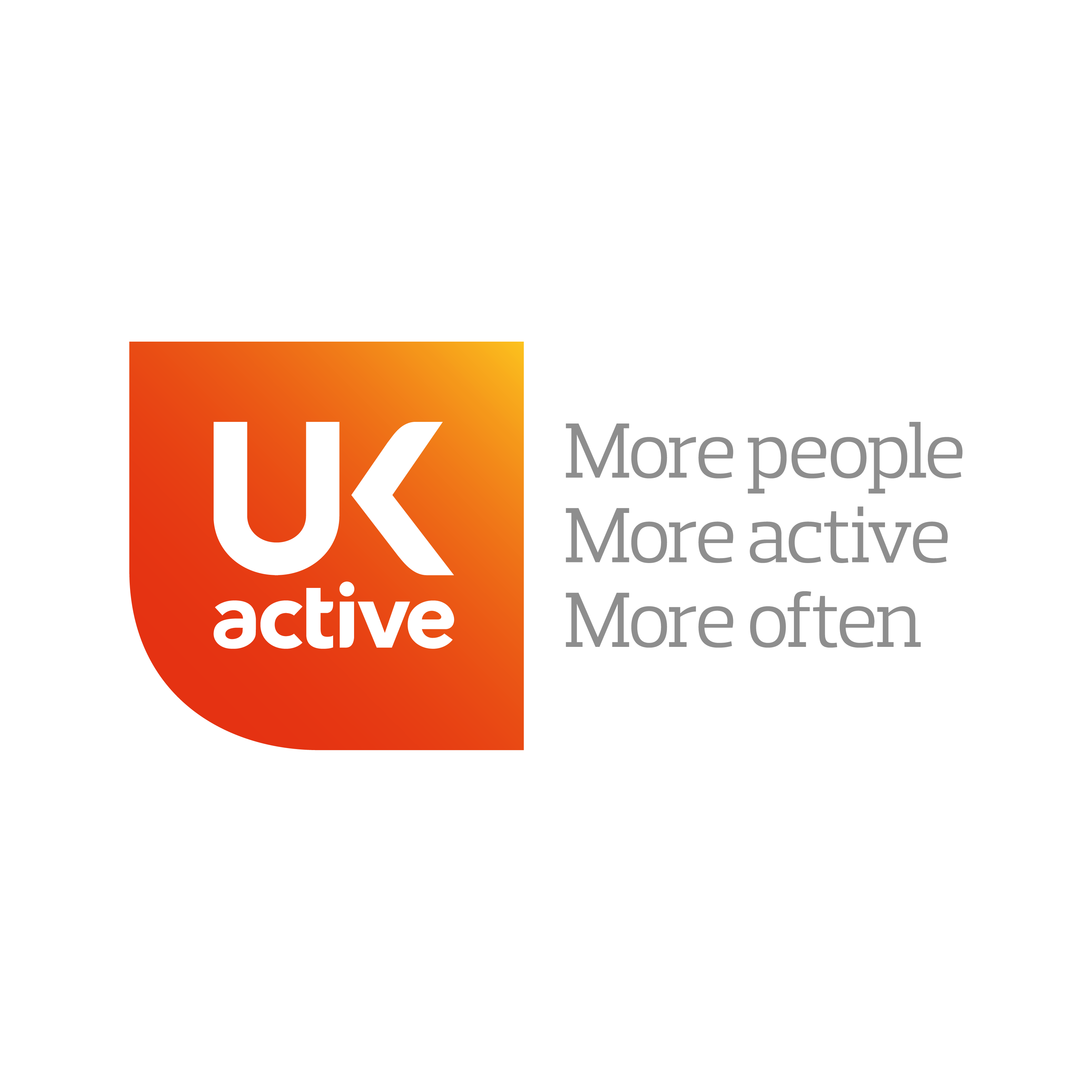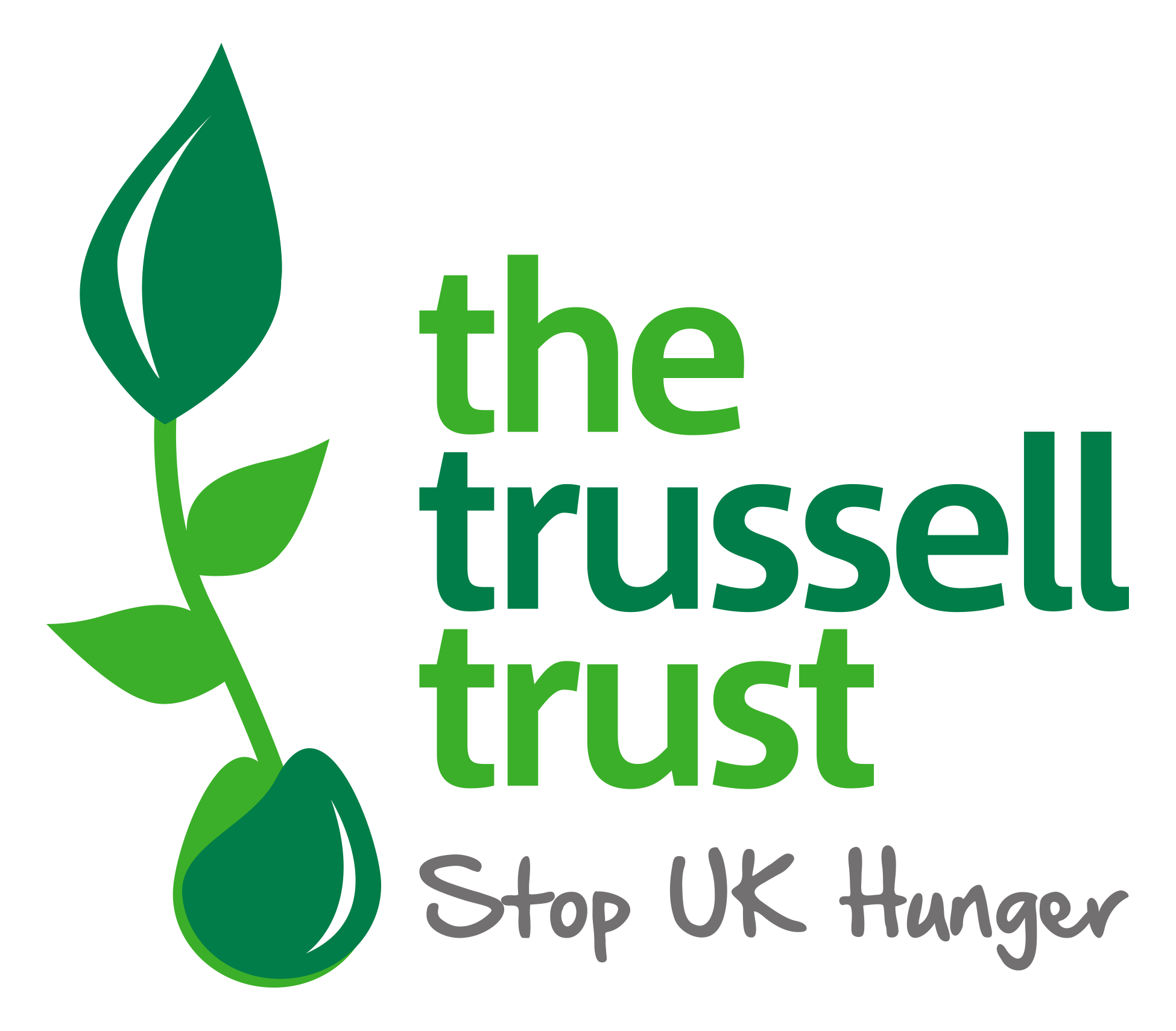Sample Hub Tales
Here are five Hub Tales by Members. Please join us to see them all. We would love you to add your own.
Canoeing the River Wye

When I retired I thought that I might take up canoeing as something different to do. Not the energetic type called kayaking (with a paddle with two blades) but the more leisurely “Canadian” canoeing, where you are usually two in a boat, sit on seats – one at the front and one at the back – and chat.
So, I grabbed a similarly “can do” friend and we took ourselves off for a lesson at Wood Mills, near Southampton. Really there are just two strokes for the helmsperson to learn – a “D” stroke where you pull the blade of the paddle inwards towards the boat to make it go left and a “J” stroke where you push the blade of the paddle away from the boat to make it go right. The rest is just practice and familiarity with how the boat moves according to what you do.
Anyway, the lesson went very well because by the time we left I had bought a Canadian canoe, three paddles (one spare in case a paddle is lost overboard) and two life jackets.
They were one of the best purchases that I have ever made and have brought years of fun, companionship, adventure, the unexpected and the beautiful. Nothing, for me, beats the peace and natural beauty of being on a meandering river, miles from roads or people – nor the quiet but repetitive thrill of going down the rapids on the River Wye or the River Severn – nor the virtuous feeling of being on the River Thames as the well-to-do pass you in their expensive river cruisers with a slightly guilty expression.
Until owning a canoe I hadn’t realised how versatile they are. After spending the Winter tucked behind a shed it can so easily be put on the roof-rack and driven to anywhere that has navigable water. Mine has been down the Severn (three times), the Wye (four times), the Cherwell, the Thames (three times), the Wey, The Kennet and Avon Canal, The Oxford Navigation, The Norfolk Broads (twice) and various Norfolk Rivers, all of the main Lakes in the Lake District, the River Beaulieu plus a bit of guerrilla canoeing (please don’t tell anyone!) on the River Itchen. I did take it out onto the sea in Bosham once because Chichester Harbour is enclosed but generally speaking, I would not use a Canadian canoe on the sea. They catch the wind and you might find yourself landing in an unexpected country.
I can’t think of any reason why you wouldn’t at least give Canadian canoeing a try. There’s nothing to lose but there is a lot to gain if you get the bug. My suggestion would be to start on the River Wye because it is famous for its beauty, it is interesting without being dangerous (as rivers go) and there are a number of other paddlers about to give you reassurance.
I was paddling this Summer on the River Wye from Glasbury to Monmouth (80 miles) and needed to hire a second canoe to make a foursome. I used “Will” at Hereford Canoe Hire because he was willing to deliver to Glasbury and to pick up from just anywhere, while most canoe hire companies need you to collect from / deliver to a particular place.
Next year? Well, a friend and I are thinking about Cambridgeshire with the River Nene and the Great Ouse. Or will it be the River Dart in Devon? Or the Derwent in Cumbria?
Canoeing is a simple pleasure but it is one of the best.
Volunteering with the Trussel Trust: Food Bank

I was motivated to volunteer with my local Trussel Trust food bank after watching the film ‘I Daniel Blake’. I was really moved by the portrayal of poverty in modern Britain and the levels of despair reached by some people often through unlucky circumstances.
The Trussel Trust has over 400 food banks in Great Britain and last year gave out 1.6 million three day parcels of food. I was referred to my local branch in West London via the website which gives a great description of volunteering and the commitment needed. My local food bank wrote to me and said they didn’t need any new volunteers helping people in the food bank centre but they needed volunteers on an ad hoc basis to encourage shoppers to buy one extra item at the supermarket to donate at the checkout.
This suited me really well as I run my own business and I find it hard to commit to a regular day to volunteer. I have now volunteered several times at various big supermarkets. I really enjoy it – you are always paired with another volunteer and have access to a supervisor for trickier encounters (not many at all) we stand at the entrance to the supermarket and hand shoppers a list of our most needed items. I enjoy chatting to people and find once people understand what we are trying to do they are really supportive. Buying a tin of mackerel for 80p makes an enormous difference to someone who would otherwise go hungry.
I have met some fantastic people – a young man who was going into the super market to buy his lunch came out having bought everything on the list and said he could skip lunch that day and give us the equivalent cost in food. At our Christmas collection an elderly lady bought ten selection boxes so that children of families of people in need could have a treat. Seeing this for myself reminded me how generous people can be and I had the lovely job of collecting their donations and thanking them.
On another occasion QPR Football Club asked fans to bring items of food to their next home match and 20 of us collected the food from the fans as they arrived. We then got to watch the match and go onto the pitch at half time! We collected nearly half a tonne of food and £800 in cash so we will be repeating that this season though hopefully QPR might do a little bit better on the pitch!
A Tale from Norfolk

I am a retired general practitioner having retired five years ago. My practice was in a village called Acle on the Norfolk Broads which had a population of three thousand people and six thousand more in the surrounding villages.
When I started my career as a general practitioner forty years ago, some of my patients with the help of the practice started a self-help group called Acle Voluntary Aid. It was felt that there was a need to offer support to the frail and elderly when social services were slow to respond or not helpful. Initially the support covered everyone in the villages but as time passed the focus was on care of the elderly.
A trust was formed and we became a registered charity. Very quickly word spread and our village chapel, which was being built, made provision for us of rooms and a kitchen. We acquired a minibus which was converted to carry disabled people with a lift and wheelchair access. Very soon we had local people acting as carers, drivers, minibus assistants, cook and organiser.
The local population could see the organisation flourishing and soon we had day-care for twenty people on a Tuesday and a lunch-club on Wednesday. Norfolk County Council approved of our plans and gave us until recently an annual grant. Funding for our activities came from donations, bequests, coffee mornings and a small fee from our clients for their meals and transport.
We rely on volunteers to exist and the only two people who are paid are the cook and organiser. As I mentioned earlier, we have been in existence for forty years and are still thriving by supplying a need for a growing population of very elderly clients. We have space for twenty day care clients and twenty lunch-club clients and are mostly full.
When I was working it was noticeable that some of my patients who were early retired attended my surgery a little too regularly and seemed bored, in a rut and dwelling on their own ill health. I suggested that they might like to help Acle Voluntary Aid by becoming a carer or helper on the minibus. Those who did so were transformed. They had a sense of purpose, helping others and being with a group of likeminded people. They made new friends with other carers and clients, feeling satisfied and happy that they had a purpose in life.
I am now Chair of the trustees and most of the management committee are in their middle years. I know that I feel a sense of satisfaction being part of a successful team. The work is unpaid but not onerous. In my retirement I can still contribute to village life and giving some of my time to support others.
Back to Studying – Volcanology

Ever since I was a school boy, I have been fascinated by movements on our planet, particularly volcanoes but also earthquakes, tsunamis, pyroclastic flows and avalanches.
The first three are closely linked in the popular imagination and are the main hazards to life on our planet posed by the Earth’s internal geographical processes. Although we don’t sense it, rather like the earth orbiting the sun at breakneck speed, volcanic eruptions and particularly earthquakes are direct consequences of the way the outer layers of our planet are in continual motion. So why, how and when?
It took me over fifty years to decide I wanted to discover more. I was excited and impatient, and although my studying years ended many decades ago, I wanted to do it in such a way that demanded discipline, commitment and staying power. So having retired I enrolled on an Open University course on the subject of Volcanoes, Earthquakes and Tsunamis. I was not after a degree or indeed any kind of qualification; I just wanted to add to my knowledge and complete the course. After all, erupting volcanoes constitute the most spectacular geological events that you can see happening in real time.
The most extreme eruptions can cause global ecological disasters and human societies have to learn to accept the long-term risks inherent in living on a volcanically active planet. The most recent example being the White Island eruption off the north east coast of New Zealand. In a different category altogether a lot of us still remember the devastating and tragic consequences of the powerful earthquake off the coast of Sumatra which triggered a tsunami affecting many coastal regions around the Indian Ocean, exactly fifteen years ago next week. Large volcanic eruptions can also have an environmental impact on our climate, but at least they are fairly short lived, or so scientists believe.
I wanted to develop my understanding of what causes a volcano to erupt and the different ways in which they can erupt. All this is taught on the course, and although I found it rather intimidating at times, and a lot of time was spent studying the makeup of volcanoes some dormant or even extinct, plate tectonics and stress levels, not so interesting, I persisted and case studies as well as videos of volcanic eruptions spurred me on. I must admit that if I did not already have an interest in volcanoes and wanted to learn more about them, I may not have completed the course which lasted eight months requiring between six and eight hours of studying a week. However, although it was challenging a lot of the time, I was determined to complete it realising that I might not get the opportunity to take the course again, and prevaricating was not an option. The big challenge came at the end when I had to submit my course work and answers to set questions in the exam, electronically. This is where some of my children were invaluable in their knowledge of the internet. Having said that, the staff at the OU are always on hand to help.
There is no doubt that the OU is an ideal platform for broadening one’s horizons and in retirement we have so much more time to follow our interests which sometimes remain dormant for many years.
The course was very rewarding and I felt a wonderful sense of achievement. It has encouraged me to do more, and to that end my children have suggested that a computer course would be a good idea!!
Finally Walking the Camino to Santiago

How does something get lodged in your mind, developing as almost an obsession, until, finally, maybe years later, the planets align, and suddenly you’re off, realising a long-held ambition, and wondering why it took so long to do it?
So when was it that I first became interested in walking the Camino Frances, the famous pilgrim trail that starts for many people in St Jean Pied-de-Port in southwest France, crosses the Pyrenees, winds across northern Spain, and 500 miles later, arrives in Santiago de Compostela? This was a question I was frequently asked before setting off in April 2019. And I had to really think back to the original inspiration. In 1995, a favourite author, David Lodge published his latest novel, Therapy, about a scriptwriter going through a difficult period in his life.
With typical humour, Lodge sketches the details of the hero’s life, which culminate in a car chase back and forth along the Camino as he tries desperately to track down the teenage love of his life. Being a novel, he finds her, of course, and a new chapter begins for him. Probably one phrase he uses when describing the Camino – that you seem to drop out of time – may have stuck with me when I read it in 1995 as a man in my early forties working through a challenging professional life.
I joined the Confraternity of St James shortly after that (the UK organisation that spreads information about the Camino), and was a member for many years, devouring the tales of pilgrims on their walks on the many pilgrim trails which criss-cross Europe, but especially those related to the Camino Frances.
Fast forward then to retirement. No danger of being bored – extensive travel, volunteering, gardening (much more interesting than it sounds – think garden design rather than propagation), and regular additions to a small pool of grandchildren make for a rewarding life. But there are always those larger ambitions to be achieved. Timetables were consulted, distances estimated, back-pack weights calculated, but outline plans remained just that – thoughts and dreams.
In 2017, just over a year after removal of my prostate to avoid developing that popular cancer, I walked the South Downs Way with a friend, our wives in the support vehicle, in a fairly leisurely way. That encouraged me to believe I could do a longer trek, maybe the Camino ? In 2018, revisiting a stretch of the Way above Storrington, on a beautiful day of blue sky and no cloud, the ideas and dreams and half-baked plans circulating in my head coalesced, and the decision was made that in 2019, my 65th year, I would walk the Camino. Decision made, no turning back.
I know (yes, I know) I could or should have packed a bag, jumped on a train, arrived at St Jean, walked to the next albergue and slept with snoring peregrinos from all over the world for the next 500 miles. But I didn’t ! It was my birthday present after all, so through one of the many organisations who do this, I had an itinerary designed for me, had my luggage transported (I just carried a day bag), and stayed in hotels (of remarkably variable quality). But the walking was left to me. And I did it all, no buses, taxis or trains, even re-tracing my steps back 10 km at one point so I could say I had walked it all. All 800 kilometres, or 500 miles in old money. I left the UK on April 8, 2019, started my camino on April 10, and finished in Santiago on May 17, then flew home on May 20.
What were the highlights ? Too many to describe them all, but here are a few.
Crossing the Pyrenees via the Route Napoleon, even though the route had been officially closed by the Spanish Firemen who provide support for stranded travellers. On a recce up to the first albergue at Orisson on the day before my walk started, the lady behind the bar told me that although there was snow, it was passable. Needing no greater authority, the following day, my official Camino start day, I walked up to Orisson and on up the Route Napoleon. The previous day’s blue skies and sunshine had been replaced by drizzle and mist. With no-one else around, I continued alone. Two peregrinos walking back towards me said they felt it was too dangerous to continue in the drizzle/mist/fog and were turning back. I carried on, and, remembering I was a Catholic, on a pilgrimage, I started saying Hail Marys, and the fog cleared, at least sufficiently for me to see the route. The next hazard was horizontal sleet and high winds, which I watched from a refuge on an exposed ridge. Then all that cleared, and it was on, down the other side. Down was always more dangerous than up, and that descent was ridiculously steep. The prize for getting to my hotel in Roncesvalles was the pilgrim meal, quite cheap and – another miracle – the price included a full bottle of red wine to take away the stresses of the day.
And if you thought the Pyrenees was an achievement, wait for the steep climb up 1300 meters to O’Cebreiro, much further along the camino, which I did walking up into a dense rain cloud.
Every day, waking up, knowing that all you had to do was walk across usually beautiful countryside, was fulfilling in itself. I walked on average 15 miles each day, and had a few rest days along the way (Logrono, Burgos, Leon, Sarria) which actually became interruptions to progress. When you have a rest day, you become a tourist, no longer a pilgrim, and the magic somehow dissipates a little.
Walking in all weathers, including 30 km headwinds full of sleet and rain for 3 days across the meseta, I met wonderful people every day. Even the couple from Alaska who dismissed the camino as ‘just a trek’ for them, but then admitted taking the bus in that meseta rain (’we have that weather at home’).
With some (special) people, you rapidly got beyond the ‘where did you start’ and ‘where are you going’ dialogue to a deeper level of conversation. Ann from Germany, struggling to understand her resentment at not receiving unconditional love from her parents (now long dead); Emanuel, the Swiss photographer planning to write a book about his experiences, who sent me pictures of me standing on the Cruz de Fer, and who I teased about his uncanny resemblance to my favourite composer, Gustav Mahler; Barry from Canterbury, whose father had died while he was on the camino, just the day before we walked together through a crowd of Spanish day-trippers jostling into Rabanal; Haraldo from Guadalajara in Mexico who was just ‘un hombre muy sympatico’, so easy to walk and talk with about all manner of subjects, encouraging each other across that meseta rain; two Brazilian sisters who were worried about what the future holds for them, ecologically, politically, spiritually; Michel from Toulouse, who is keen to understand people’s spiritual motivation and experiences on the camino, and gently corrected my French during long conversations which took my mind off the shin splint that caused me some pain walking down from Rabanal.
And many, many others – at least 30 people noted in my journal, excluding the group of Dutch ladies walking with a guide, who I bumped into from time to time, and then saw the guide (who had always asked how I was doing) in the crowd at the pilgrim mass in the cathedral in Santiago, and we managed to touch hands across the crowded aisle. A tender moment of spiritual connection.
Chatham House Rules, I guess, but it’s the liberation of just walking ‘in nature’ as one of the Brazilian girls said, that sets your mind free to talk (or not talk – silence is one of the Camino’s great gifts).
I had taken that David Lodge novel to read during my walk. I was surprised to find that only the last 30 of over 300 pages related to the camino. I was also mildly embarrassed to find there was quite a lot of sex in it, especially since I had highlighted it to a fellow female parishioner as the inspiration for my walk.
Back in the UK, I was soon immersed in the details of daily retirement life, enjoying family time again. I can’t honestly say it changed me (although I now have a beard, grown over the course of the camino). I wonder why it took me so long to get round to doing it, but I’m truly glad that the planets did finally align themselves. I continue to have a great sense of achievement at having completed it, and have the taste for longer walks in the UK, which hopefully won’t take another 20 plus years to plan.
Finally, two pieces of advice for anyone considering doing it : don’t read all the blogs and advice websites, just do it ! And if you do want to read something, limit it to ‘I’m Off Then – Losing and Finding Myself on the Camino de Santiago’ by a German comedian, Hape Kerkeling. I found it hilarious and really very true.















